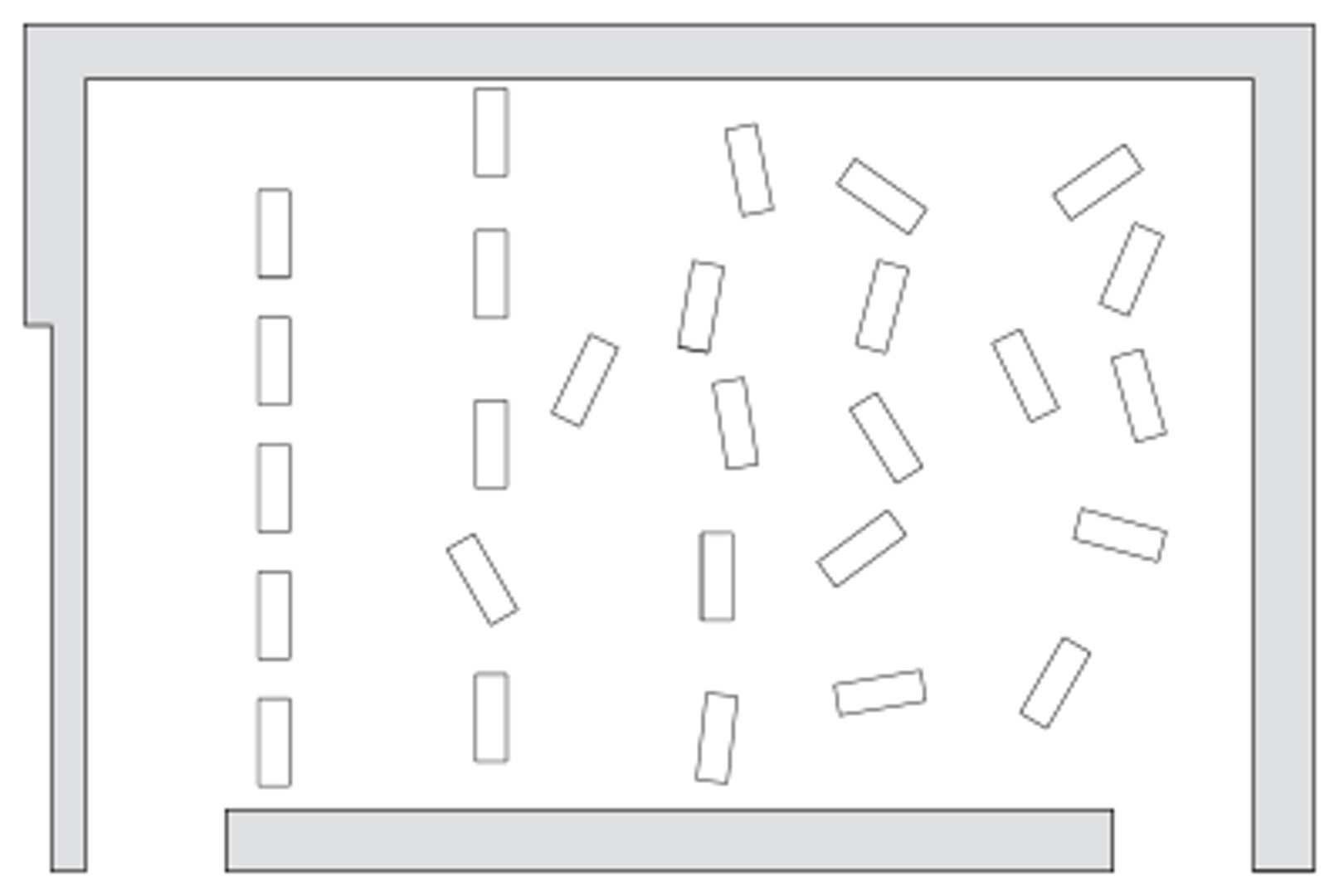World War I: War of Images, Images of War
Exhibition Design, Kemper Museum, St. Louis2014

In 2015, Escher GuneWardena designed the exhibition World War I: War of Images, Images of War at the Kemper Art Museum, organized by the GettyResearch Institute, which included over 150 objects in
a range of media, among them illustrated journals, prints, posters, postcards, photographs, paintings, war diaries, and “trench art” made by soldiers. The exhibition was divided into three sections: the utopian beginning of World War I in 1914, when artists often celebrated the violence of the war in their work; the actual and individually distinct experience of war and suffering; and the chaotic and traumatic aftermath after 1918. To augment and make corporeal this historical narrative Escher and GuneWardena designed a wall configuration that physically amplified each of the three parts. While the first part of the exhibition distinguished itself through tall and regular wall sections with minimal passages to emphasize a climate of anticipation, the second section consisted of narrower and shorter wall partitions with increased gaps in between, opening up the space to more random, individualized, yet also heightened perceptual experiences. In the last part of the exhibition, the wall sections were radically shortened and positioned asunder, spatializing and freezing
mnemonic activity to convey the trauma of the critical impact event, World War I. Together with the vast diversity of visual media and the orchestration of progressively dimming light, the design created an
experience of cumulative disorientation as the viewer moved through the narrative of the exhibition. Yet in other exhibition designs by Escher and GuneWardena exhibition narrative and viewing experience co-exist in a more independent approach.
a range of media, among them illustrated journals, prints, posters, postcards, photographs, paintings, war diaries, and “trench art” made by soldiers. The exhibition was divided into three sections: the utopian beginning of World War I in 1914, when artists often celebrated the violence of the war in their work; the actual and individually distinct experience of war and suffering; and the chaotic and traumatic aftermath after 1918. To augment and make corporeal this historical narrative Escher and GuneWardena designed a wall configuration that physically amplified each of the three parts. While the first part of the exhibition distinguished itself through tall and regular wall sections with minimal passages to emphasize a climate of anticipation, the second section consisted of narrower and shorter wall partitions with increased gaps in between, opening up the space to more random, individualized, yet also heightened perceptual experiences. In the last part of the exhibition, the wall sections were radically shortened and positioned asunder, spatializing and freezing
mnemonic activity to convey the trauma of the critical impact event, World War I. Together with the vast diversity of visual media and the orchestration of progressively dimming light, the design created an
experience of cumulative disorientation as the viewer moved through the narrative of the exhibition. Yet in other exhibition designs by Escher and GuneWardena exhibition narrative and viewing experience co-exist in a more independent approach.


